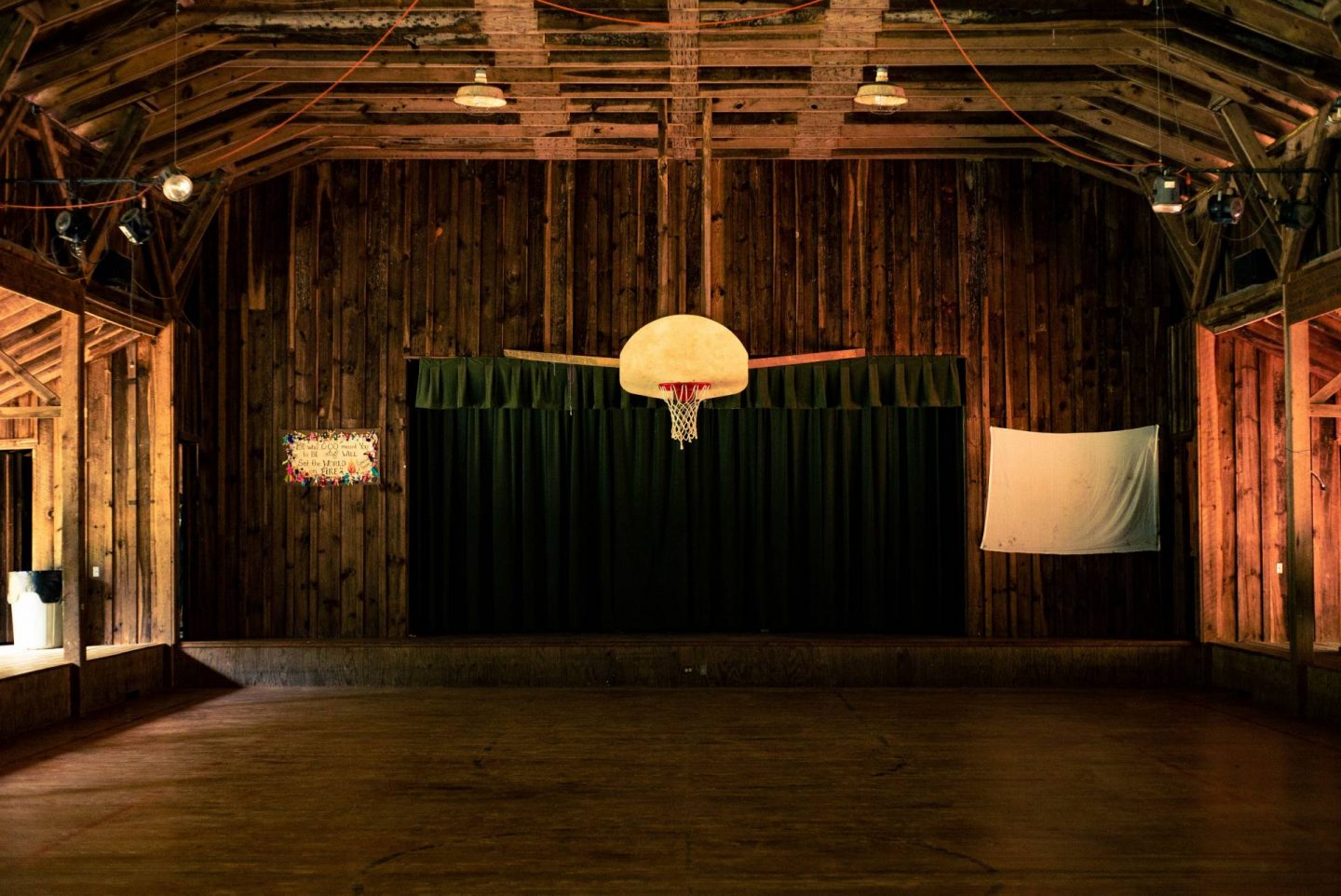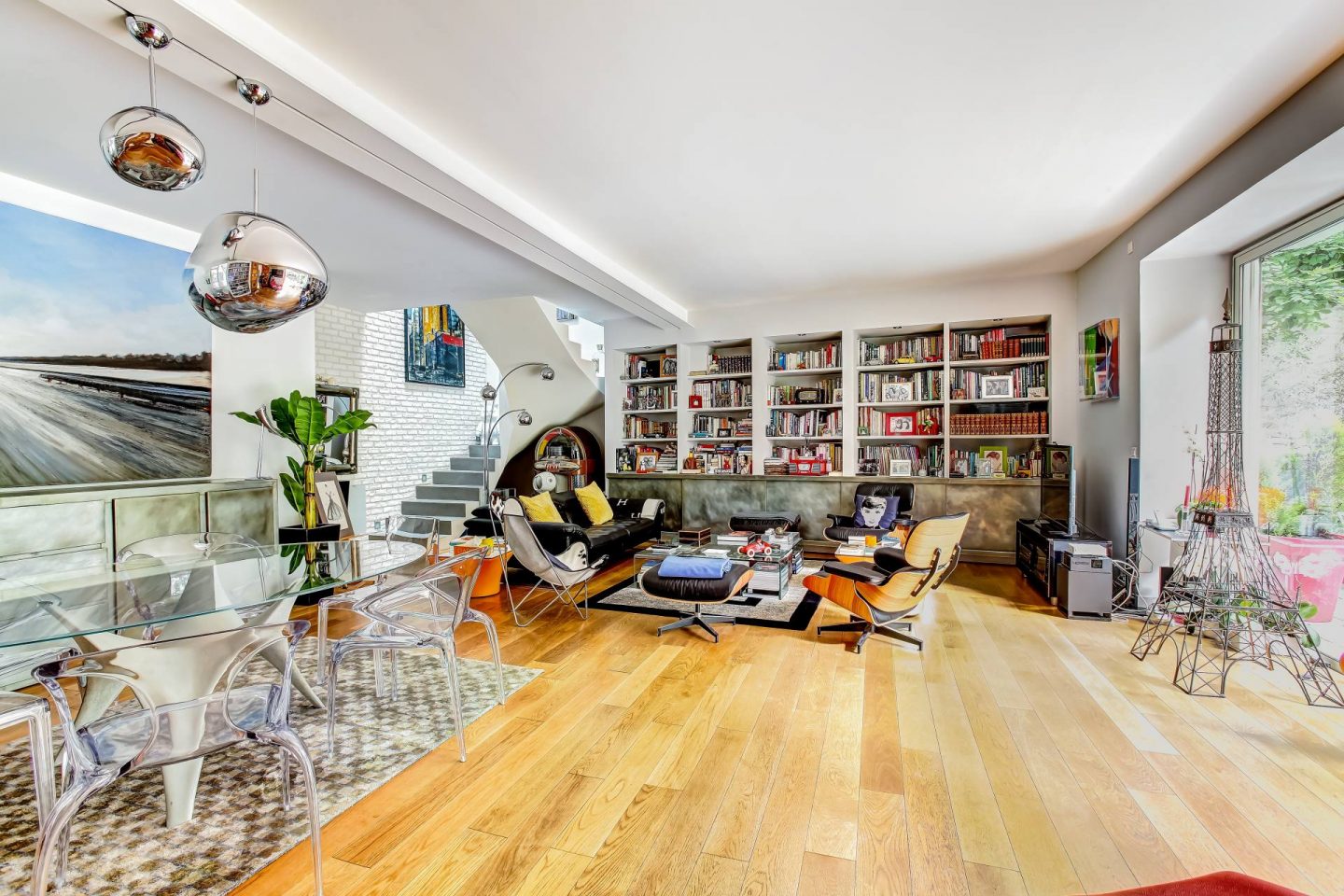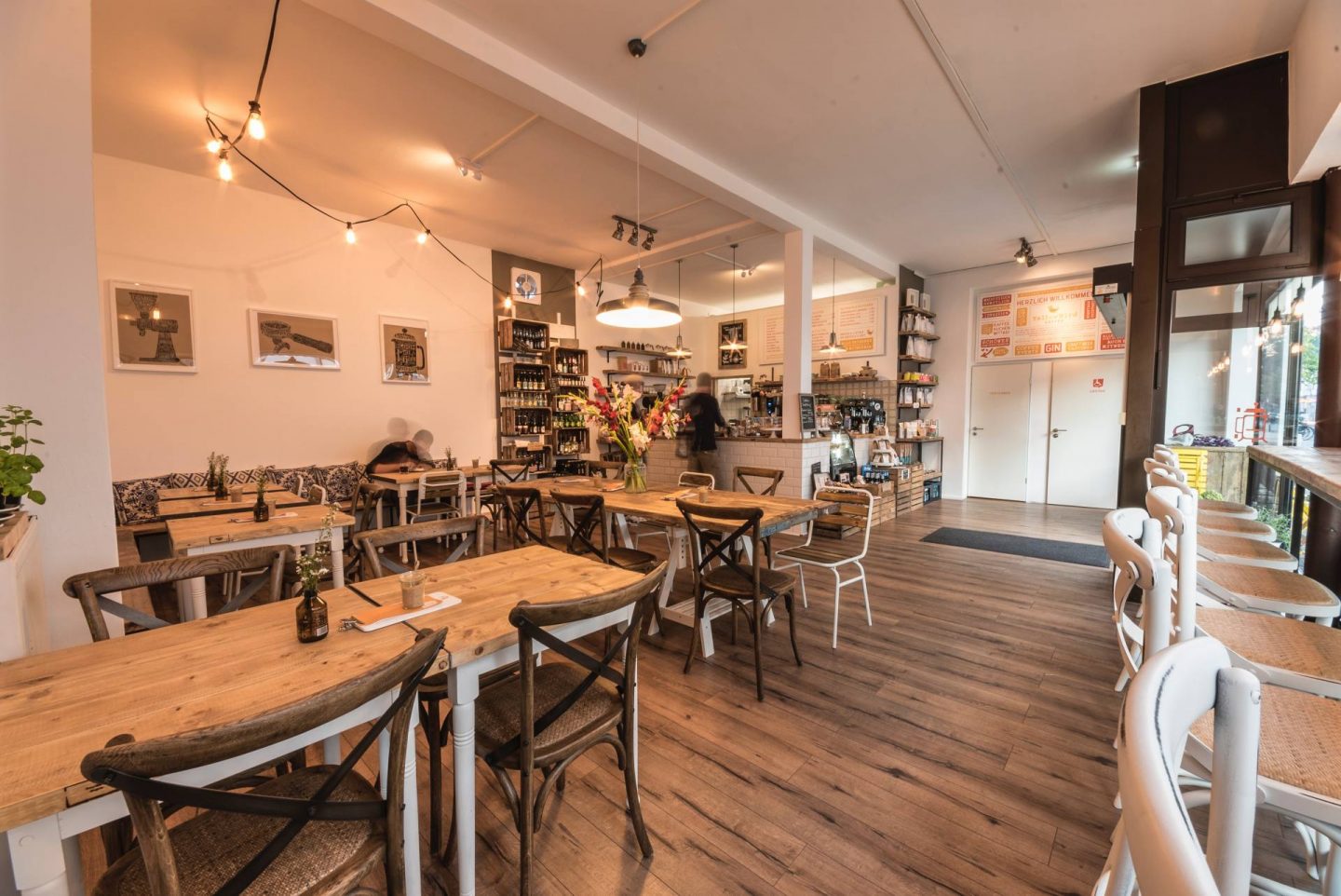It used to be that whenever someone bought a home, they immediately covered up the wide plank flooring with linoleum. Modern homeowners would be overjoyed to rip up that sickly-looking tile to discover row upon row of gorgeous, hardwood flooring hiding underneath. A bit of refinishing and, boom! You had beautiful, gleaming hardwood flooring for a fraction of the price.
Unfortunately, not everyone is so lucky. A combo of changing lifestyles and labour-intensive costs meant that hardwood flooring fell out of favour in the mid-1960s. The advent of plywood subflooring also meant that hardwood flooring was no longer necessary since carpeting and other cheaper alternatives could be quickly and easily applied directly to the plywood.
What this meant was that houses built after 1969 were most likely constructed with plywood subfloor instead of a secret treasure trove of hardwood flooring.

Engineered vs. solid hardwood
Renewed interest in hardwood flooring started again in the mid-1980s and has continued to grow ever since, but the world of hardwood flooring has changed. What is most commonly used in homes now isn’t actual hardwood but engineered hardwood.
Engineered hardwood is made of layers of wood that are bonded together under intense heat. Engineered hardwood comes in a wide variety of finishes and styles and can also be sanded down and refinished, like actual hardwood, though not as much. However, engineered hardwood has some noticeable benefits over solid hardwood. For one, it isn’t affected by humidity the way hardwood is. It’s resistant to warping, shrinking, and expanding as well. Engineered hardwood is especially prevalent in condos or new builds because it can go right over concrete.
Solid hardwood, on the other hand, is just that: 100% hardwood that’s usually between ¾ inch and 1 inch thick. Because it’s so thick, it can be sanded down and refinished for as long as the house has the flooring. However, solid hardwood shrinks and expands when it’s exposed to humidity or dryness.
For many people, having hardwood flooring isn’t just about the aesthetic, it’s about history. This is why the appeal of reclaimed hardwood is so great.
What is reclaimed hardwood?
Reclaimed hardwood is high-quality, “upcycled” wood salvaged from places like warehouses, barns, retired ships, wine casts, and more. When these structures are demolished to make room for new buildings, tons of antiqued, air-dried wood is left behind. This highly sought-after wood is loved by interior designers, architects, and savvy homeowners is loved for its rich history patina, history, and unique appearance.
Reclaimed hardwood has a genuine charm that can’t be replicated even with solid hardwood. If you’re using something like reclaimed barn wood flooring, you’re seeing evidence in the knicks and discolouration of years of use and history that lend the floor its heritage. Reclaimed hardwood will immediately give a space character and act as a focal point for whatever space you choose to use it in.
The environmental benefits of reclaimed hardwood
Reclaimed hardwood is easily one of the hottest trends in home design. That’s in large part thanks to the interest in more ecologically sound building practices and reducing our impact on the environment. Using reclaimed wood helps keep it out of landfills and reduces demand for virgin wood, thus keeping forests standing and limiting depletion of animal habitats. Beyond the cutting down of trees, the work involved in felling, transporting, and processing new wood means that lumber’s carbon footprint is through the roof.
As a result of using reclaimed lumber, you’ll also benefit from increased points towards your LEED certification. LEED, or Leadership in Energy and Environmental Design, is one of the most widely used green building certifications in the world. The more points your building accumulates will grant you different levels of certification.
The unique value of reclaimed hardwood
Reclaimed hardwood is truly a unique substance. For one, it’s stronger than the hardwood you’ll have access to now. This is because reclaimed hardwood is made of wood that was originally cut from trees that were larger and stronger than the trees we cut from now. This is simply because those kinds of old-growth forests don’t really exist anymore, and those that do are certainly not being cut for flooring.
The concern that reclaimed wood might be brittle is far from true. Reclaimed wood has more stable and denser grain than virgin wood and can be up to 40 points harder on the Janka hardness scale.
Plus, the exoticism and beauty of reclaimed hardwood can’t be overstated. Our overtaxed and depleted forests simply don’t produce the kind of wood they once did. Reclaimed hardwood is one of the only places you can find rare or exotic woods like elm, which is nearing extinction, and use it in your home. Every piece of reclaimed hardwood has its own history. No two pieces will ever be the same, and every piece tells a story. Knowing that your living room floor once used to be part of a school, railroad, or ship, will give your home another level of appeal that no other building material can do.
Reclaimed hardwood also adds value to your home. Being able to use these reclaimed woods in your building will give the space more appeal to a buyer’s market and increase demand for the area.
Why texture is important for homes
A crucial part of appealing home design is in texture. Engineered hardwood or click laminate is easy to clean and care for but has almost no texture. Texture, in this case, refers to different materials and the unique imperfections that reclaimed hardwood develops over many years of use. Overall, texture in a home is about adding eye-catching elements like plants, wallpaper, different fabrics, and more to attract the eye and let certain pieces stand out or recede.
If you want to add that appeal to your home, look for floors that have the texture you want to add, but not the colour. Most pros will be able to sand down and refinish the floor with whatever colour you want. This may remove some of the imperfections, but this is also often necessary if the wood is rough or had a lot of paint layers, nails, or screws embedded in it.
Installation of reclaimed hardwood
Reclaimed hardwood’s beauty is bar none, but the installation of antique woods is not as simple as engineered hardwood. Part of reclaimed hardwood’s appeal is in each piece’s unique shape and patina, but of course, this means that installation isn’t nearly as simple as it is with uniform, machine-cut pieces of engineered hardwood. For that reason, reclaimed wood needs installation by professionals familiar with its distinctive personality.
For one, it’s best to let reclaimed hardwood acclimate to the space it’s going to be installed in before it starts going down. 24-48 hours should be sufficient to allow the wood “stretch” before nailing it down and will help prevent any expansion or contraction after the fact.
It should also be installed perpendicular to the floor joists to provide enough support and will allow for any expansion and contraction.
Finally, reclaimed hardwood needs excellent cushioning to prevent squeaking and to act as a moisture barrier. Underlayment paper will be a key component of you getting a beautiful floor that doesn’t wake the whole house every time you sneak to the fridge for a snack in the night.
Where reclaimed hardwood won’t work
The beauty, uniqueness, and green footprint of reclaimed hardwood all work in its favour. However, there are certain places where reclaimed hardwood just won’t work. For one, reclaimed wood (or virgin, solid hardwood flooring) does not get along with moisture. This means that basement or below-grade homes or spaces won’t play well with antique wood. The second hardwood comes into contact with water, it sucks it up and starts to expand and crack. This will mean the end of your gorgeous floor. Practice safe hardwood installation by keeping it out of basements and wet spots to guarantee a long life.
Reclaimed hardwood is also often uneven. While you sand it down to a smooth, uniform finish, this will really take away from what makes reclaimed hardwood so special. This can mean that installing this amazing flooring in a high-traffic area, like a business, could be iffy. Of course, this all depends on your business’ overall aesthetic and your customer base, so you’ll know best for this.
In conclusion…
While reclaimed hardwood is beautiful and will truly make a space, you still need to buy it from a reliable supplier, especially when it’s for flooring. Picking up barnboard from a farmer tearing down his old buildings may sound like a great way to save a buck, but it could mean you end up with wood mired with bugs that’s been sitting out in the weather. Reliable suppliers will be able to deliver clean, kiln-dried lumber, that’s been consistently milled. Reclaimed wood is often quite raw, so without consistent milling, you’ll end up with lippage and trip hazards. Avoid that by working a supplier who can vouch for their sources, and have people vouch for them.
This is a collaborative post.



